Skin problems caused by fungal infections can be both irritating and persistent. If you’re dealing with itching, redness, or a stubborn rash, Lulican Cream might just be the solution you’re looking for. Curious about this cream? Let’s break down what it is and how it works.
Let’s explore everything you need to know about it—from how it works to how to use it safely.

Lulican Cream – Uses, Benefits, Side Effects, and More
Lulican Cream is a topical antifungal medication used to treat various skin infections caused by fungi. It contains Luliconazole, which belongs to the azole class of antifungals. Doctors often recommend this cream to treat conditions such as:
- Athlete’s foot (Tinea pedis)
- Ringworm (Tinea corporis)
- Jock itch (Tinea cruris)
- Fungal infections in skin folds
It works by stopping the growth of the fungus, providing relief from itching, burning, cracking, and scaling of the skin.
How Does Lulican Cream Work?
Luliconazole, the active ingredient in Lulican-Cream, inhibits ergosterol synthesis, which is essential for fungal cell membranes. Without ergosterol, the fungus cannot survive or multiply, which leads to the clearing of the infection over time.
How to Use Lulican Cream (Step-by-Step)
- Clean and dry the affected area thoroughly.
- Use a small amount of the cream and apply it evenly on the infected spot and its surroundings.
- Gently rub until absorbed.
- After using the cream, wash your hands thoroughly, unless the treatment is for your hands.
- Use it once daily, or as directed by your doctor.
- Do not skip doses, even if the symptoms disappear early.
Continue for the full prescribed duration, usually 1-2 weeks
Note: Lulican is for external use only. Avoid contact with eyes, mouth, or broken skin.

Lulican Cream Side Effects
Most people tolerate Lulican well, but some may experience minor side effects like:
- Mild burning or stinging sensation
- Redness or itching at the application site
- Dry or peeling skin (rare)
Discontinue use and consult your doctor if you notice swelling, severe itching, or blistering
Who Should Avoid Lulican Cream?
- Pregnant or breastfeeding women (consult a doctor before use)
- Children below 12 years (unless advised)
- Individuals with known allergies to azole antifungals
Lulican Cream Substitutes
If Lulican Cream is unavailable or not suitable, your doctor may recommend alternatives with similar action:
| Substitute Name | Active Ingredient | Brand Example |
| Lulifin Cream | Luliconazole | Lulifin |
| Lulibet Cream | Luliconazole | Lulibet |
| Ebernet Cream | Eberconazole | Ebernet |
| Sertacide Cream | Sertaconazole | Sertacide |
| Clotrimazole Cream | Clotrimazole | Candid, Canesten |
Always consult a healthcare professional before switching medications
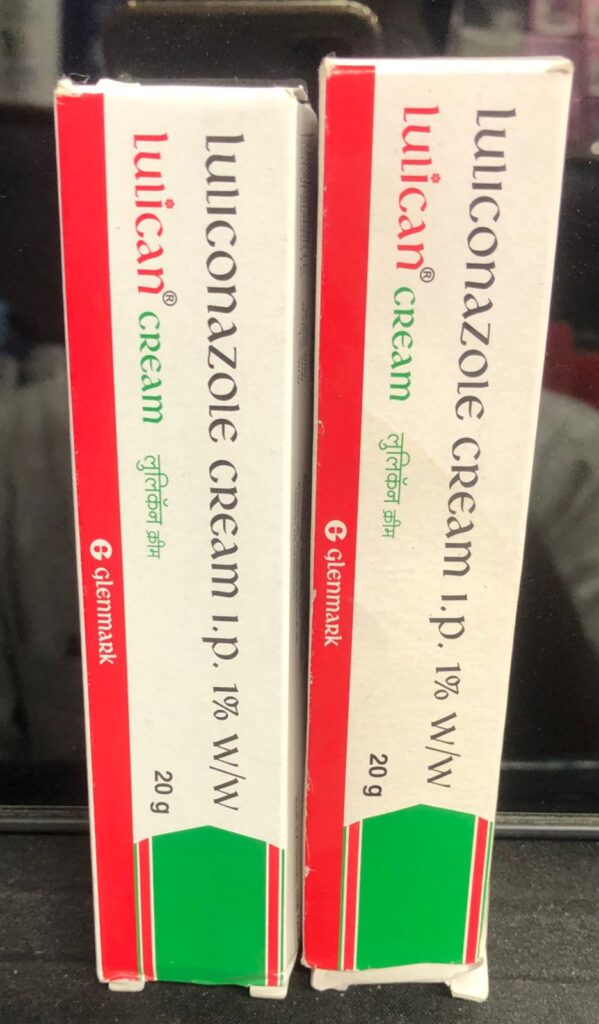
Note: Migraine vs Stress Headache Know the Difference & Get the Right Relief
Frequently Asked Questions (FAQs)
1. How long does Lulican Cream take to show results?
2. Can I use Lulican Cream on private parts?
3. Is Lulican Cream a steroid?
3. Is Lulican Cream a steroid?
4. Can I use Lulican Cream for a yeast infection?
5. What if I miss a dose?
Conclusion
Lulican Cream is an effective, doctor-recommended antifungal treatment that can help clear up common skin fungal infections quickly and safely. For best results, it’s important to apply it the right way and stick to the routine
If your condition doesn’t improve or gets worse, avoid self-treatment and consult a doctor. Remember, your skin deserves gentle and effective care.
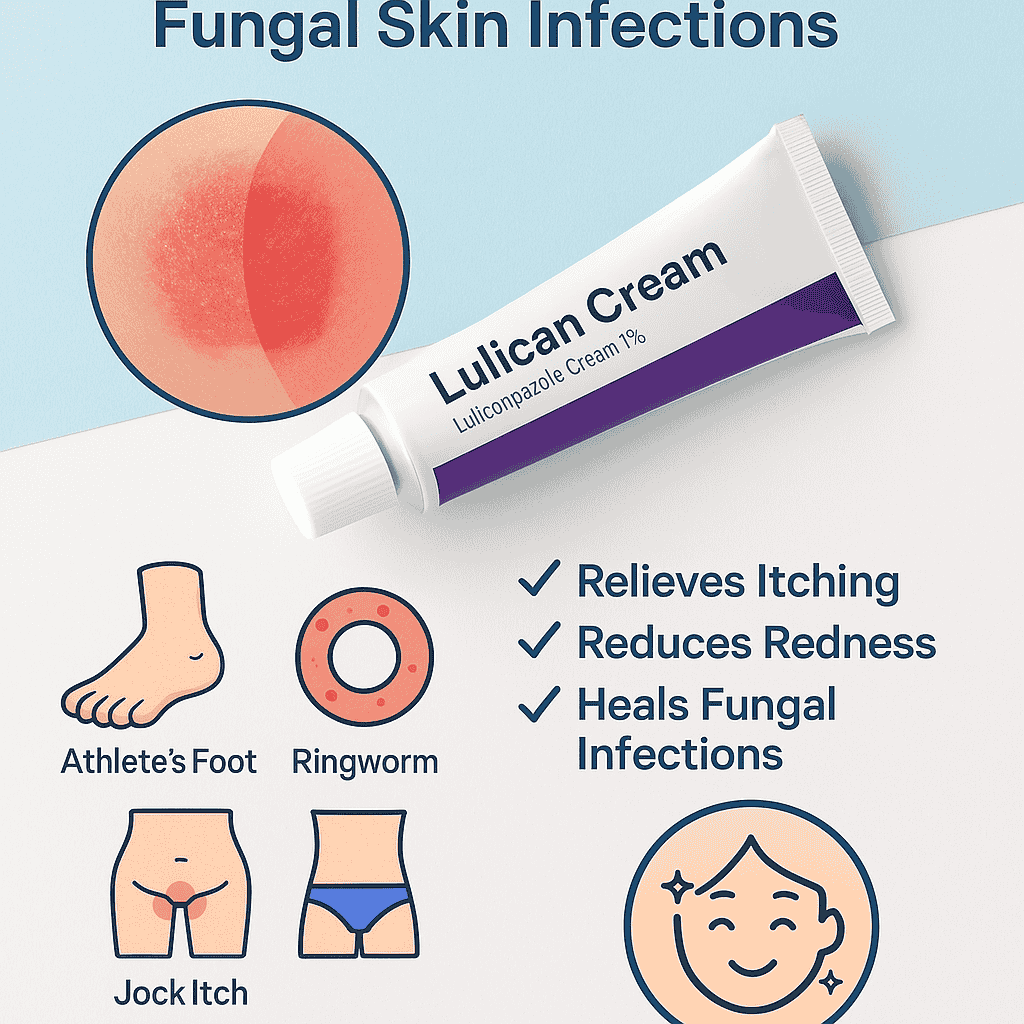
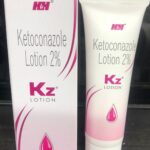


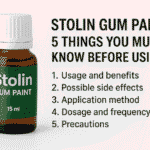
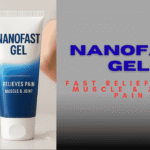

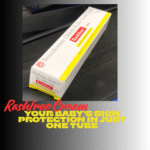
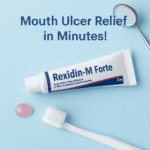
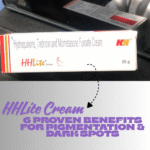
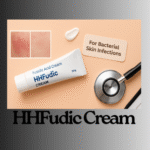
4 thoughts on “Lulican Cream: #1 Antifungal Solution for Itchy Skin”